Handball: A Dynamic and Thrilling Sport of Skill and Strategy
Introduction: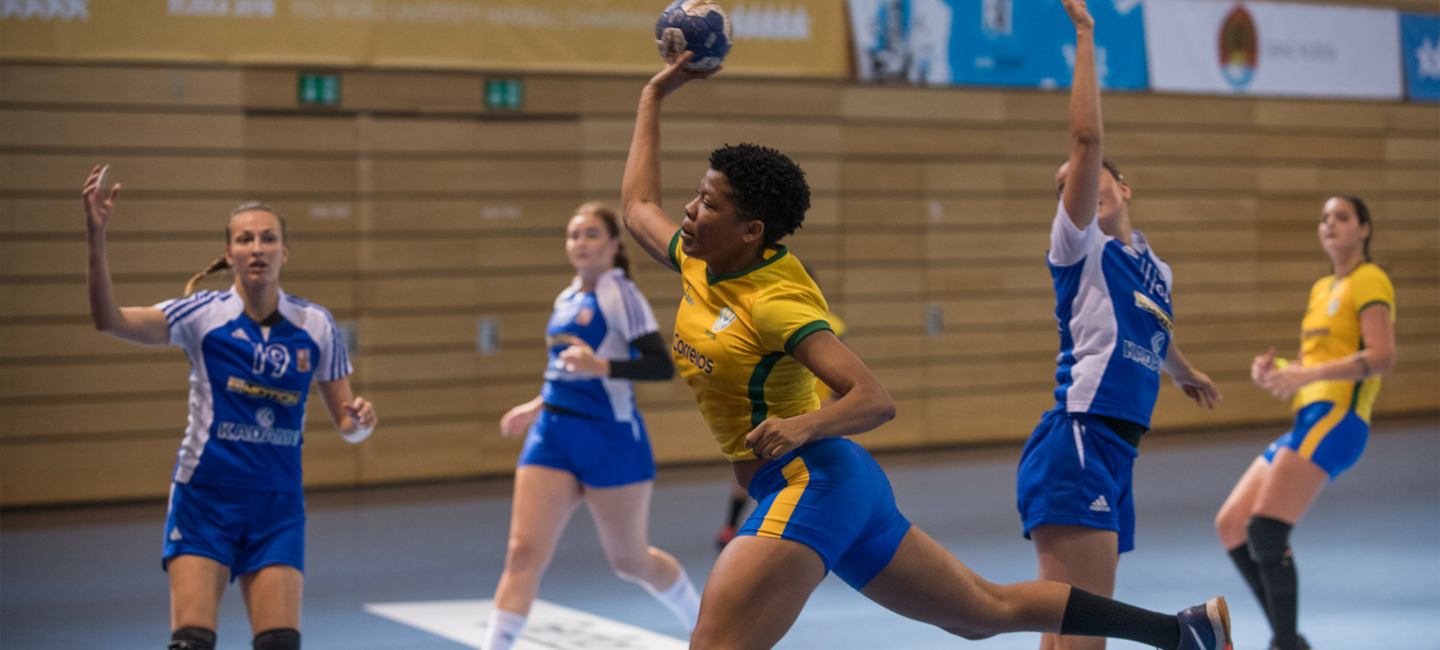
Handball, a fast-paced and dynamic sport that blends elements of basketball, soccer, and hockey, captivates audiences worldwide with its high-energy gameplay and strategic maneuvers. Originating in Europe in the late 19th century, handball has evolved into a global phenomenon, boasting a fervent following and attracting athletes of all ages and backgrounds. In this essay, we explore the rich history, rules, techniques, and global appeal of handball, shedding light on why it continues to enthrall both players and spectators alike.
Historical Origins and Evolution:
Handball traces its roots back to ancient civilizations, where variations of the sport were played in different forms across cultures. The modern iteration of handball, however, emerged in Europe during the late 19th century, with Denmark, Germany, and Sweden credited as early pioneers in its development.
Initially played outdoors on grass fields, handball underwent significant changes in the early 20th century, transitioning to an indoor sport with standardized rules and regulations. The formation of the International Handball Federation (IHF) in 1946 marked a pivotal moment in the sport's history, facilitating its global expansion and fostering international competitions such as the World Championships and the Olympic Games.
Rules and Gameplay:
Handball is played on a rectangular court with two teams of seven players each (six outfield players and one goalkeeper) competing to score goals by throwing a ball into the opposing team's net. Players pass, dribble, and shoot the ball with their hands, using a combination of speed, agility, and precision to outmaneuver their opponents.
The basic rules of handball are relatively straightforward: players cannot touch the ball with their feet, and they are allowed a maximum of three steps while holding the ball. Additionally, players must release the ball before taking additional steps or commit a foul. Physical contact between players is permitted to a certain extent, although excessive force or dangerous play results in penalties.
Strategic elements such as player positioning, ball movement, and defensive formations play a crucial role in handball tactics. Teams employ various offensive strategies, including fast breaks, set plays, and positional attacks, to create scoring opportunities and break down the opposition's defense. Defensively, teams utilize tactics such as man-to-man marking, zone defense, and counter-pressing to disrupt their opponents' rhythm and regain possession of the ball.
Global Appeal and Participation: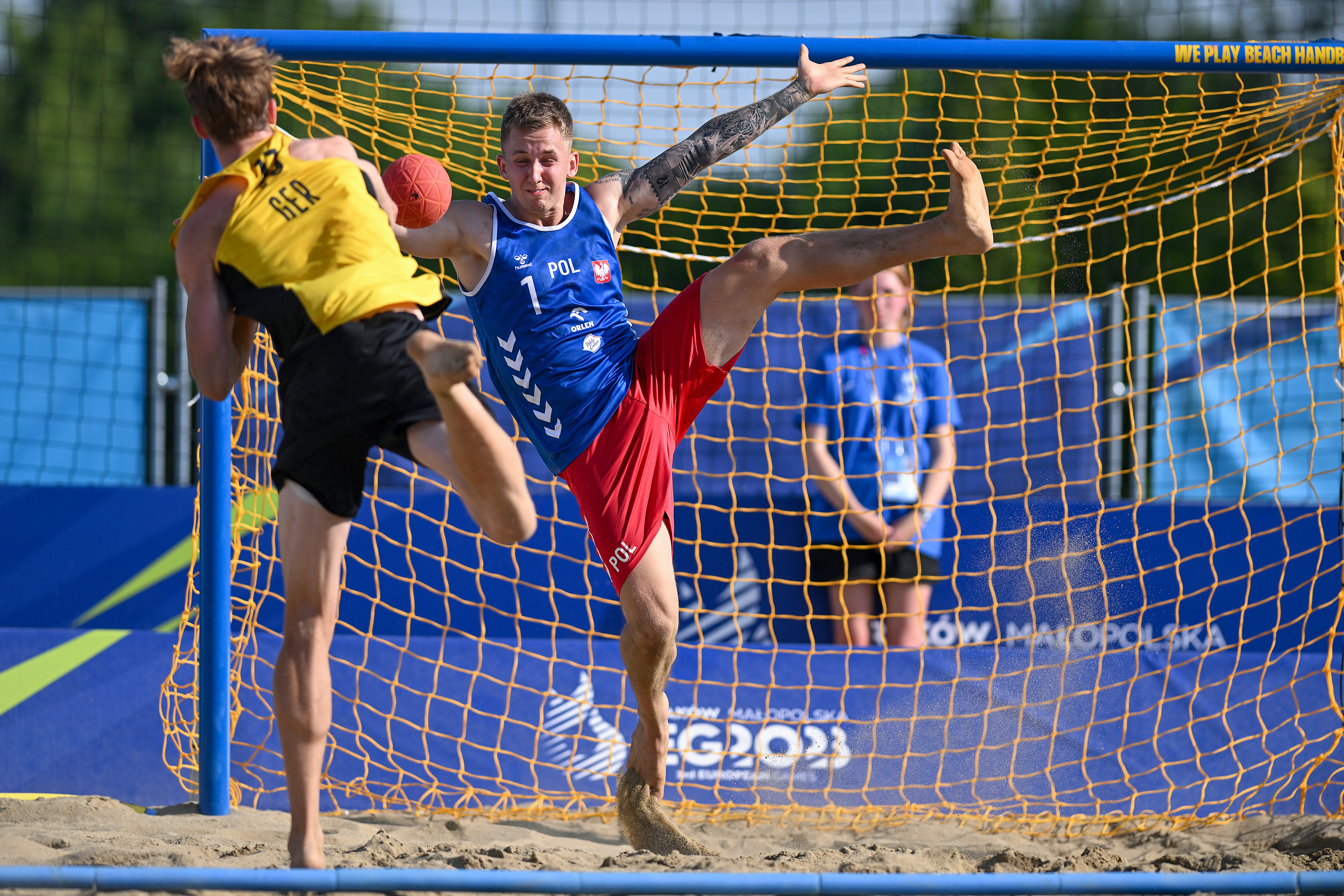
Handball's popularity extends far beyond its European origins, with the sport enjoying widespread appeal in countries across the globe. From South America to Asia, handball has garnered a devoted following, fueled by its thrilling gameplay, accessibility, and inclusivity.
In Europe, handball reigns supreme as one of the most popular team sports, with leagues such as the German Bundesliga, the French Ligue Nationale de Handball, and the Spanish Liga ASOBAL attracting top talent from around the world. National teams compete fiercely in continental championships such as the European Handball Championship, showcasing the highest level of skill and competition.
Outside of Europe, handball is making significant strides in regions traditionally dominated by other sports. In countries like Brazil, Argentina, and Tunisia, handball is gaining traction, thanks to grassroots initiatives, increased investment in infrastructure, and the growing popularity of international competitions.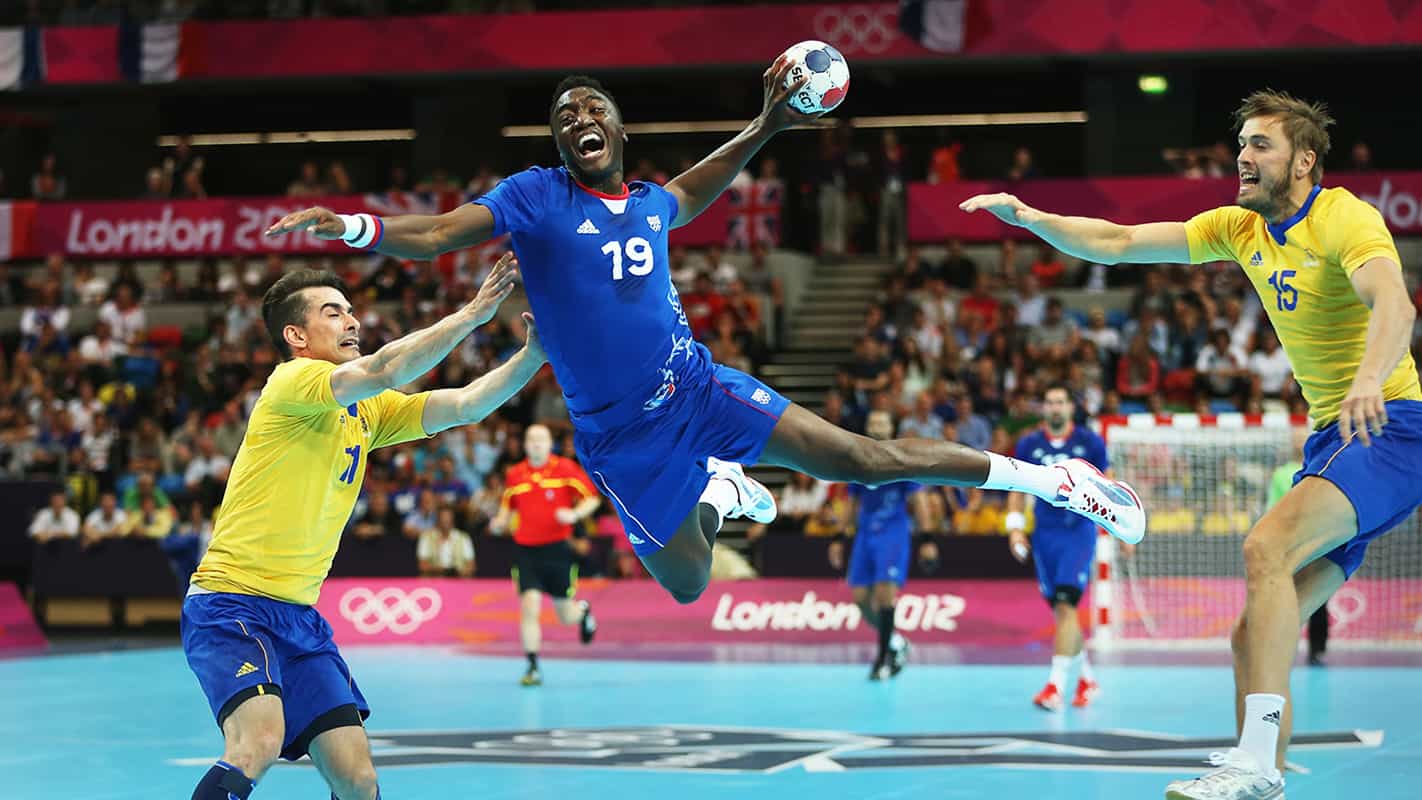 One of handball's most significant milestones in terms of global exposure is its inclusion in the Olympic Games. Since its debut at the 1936 Berlin Olympics, handball has become a staple of the Olympic program, captivating audiences with its fast-paced action and thrilling matchups. The Olympic platform has helped elevate the profile of handball on the world stage, inspiring athletes from diverse backgrounds to pursue excellence in the sport.
One of handball's most significant milestones in terms of global exposure is its inclusion in the Olympic Games. Since its debut at the 1936 Berlin Olympics, handball has become a staple of the Olympic program, captivating audiences with its fast-paced action and thrilling matchups. The Olympic platform has helped elevate the profile of handball on the world stage, inspiring athletes from diverse backgrounds to pursue excellence in the sport.
Furthermore, handball's inclusivity and adaptability make it an ideal sport for players of all ages and abilities. Whether played competitively in professional leagues or recreationally in community centers and schools, handball offers participants an opportunity to develop physical fitness, teamwork, and sportsmanship in a fun and engaging environment.
Handball's blend of athleticism, strategy, and excitement has solidified its status as one of the most captivating team sports in the world. From its humble beginnings in Europe to its global expansion and popularity today, handball continues to inspire athletes and fans alike with its dynamic gameplay and competitive spirit.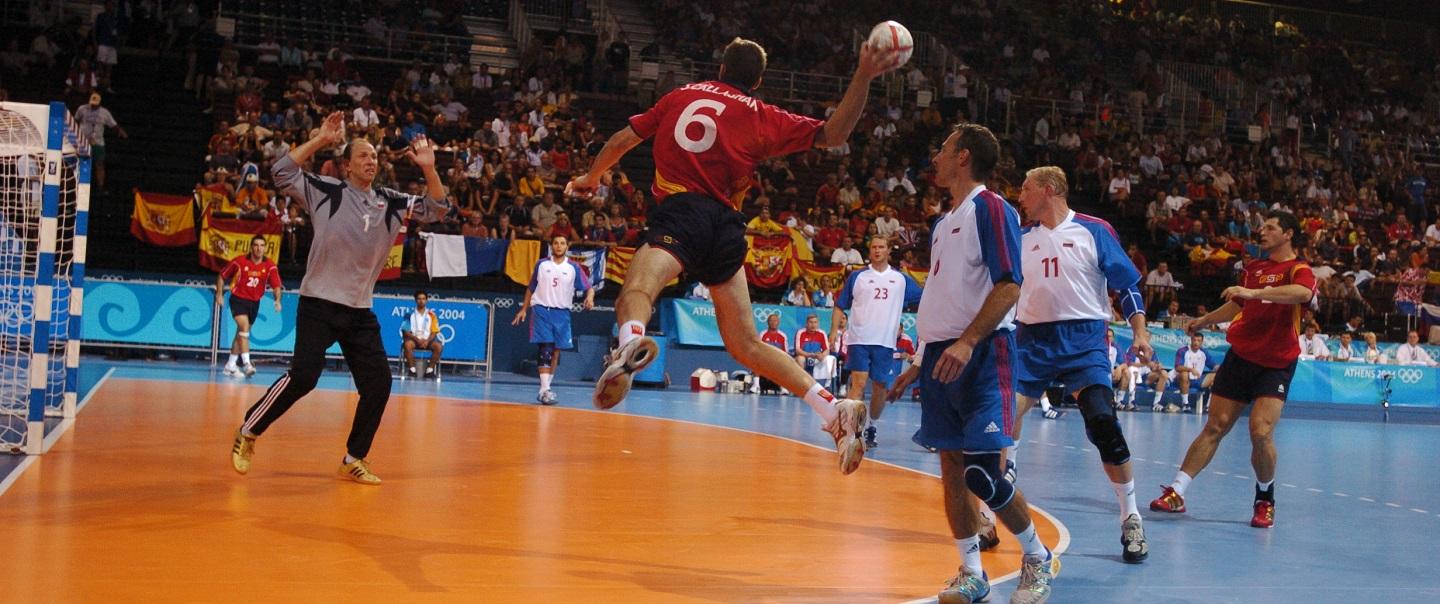 As the sport evolves and grows, fueled by innovation, technology, and a passion for excellence, handball remains true to its core values of inclusivity, teamwork, and fair play. Whether played on the world stage or in local communities, handball serves as a testament to the power of sport to unite people, transcend boundaries, and celebrate the human spirit.
As the sport evolves and grows, fueled by innovation, technology, and a passion for excellence, handball remains true to its core values of inclusivity, teamwork, and fair play. Whether played on the world stage or in local communities, handball serves as a testament to the power of sport to unite people, transcend boundaries, and celebrate the human spirit.
Handball's continued evolution and global appeal underscore its ability to resonate with audiences of all backgrounds, transcending cultural, linguistic, and geographical barriers. As the sport enters a new era marked by technological advancements, strategic innovations, and increased accessibility, its potential for further growth and development knows no bounds.
In the realm of technology, handball is leveraging advancements in sports science, data analytics, and video technology to enhance performance, optimize training methods, and refine tactical strategies. Wearable devices, GPS tracking systems, and motion analysis software provide coaches and players with invaluable insights into player fitness, biomechanics, and game dynamics, enabling them to make informed decisions and gain a competitive edge.
Furthermore, the advent of video refereeing systems, such as the Video Assistant Referee (VAR), has brought greater accuracy and fairness to officiating, minimizing errors and controversies during matches. By harnessing the power of technology, handball aims to uphold the integrity of the game while enhancing the spectator experience and ensuring a level playing field for all teams.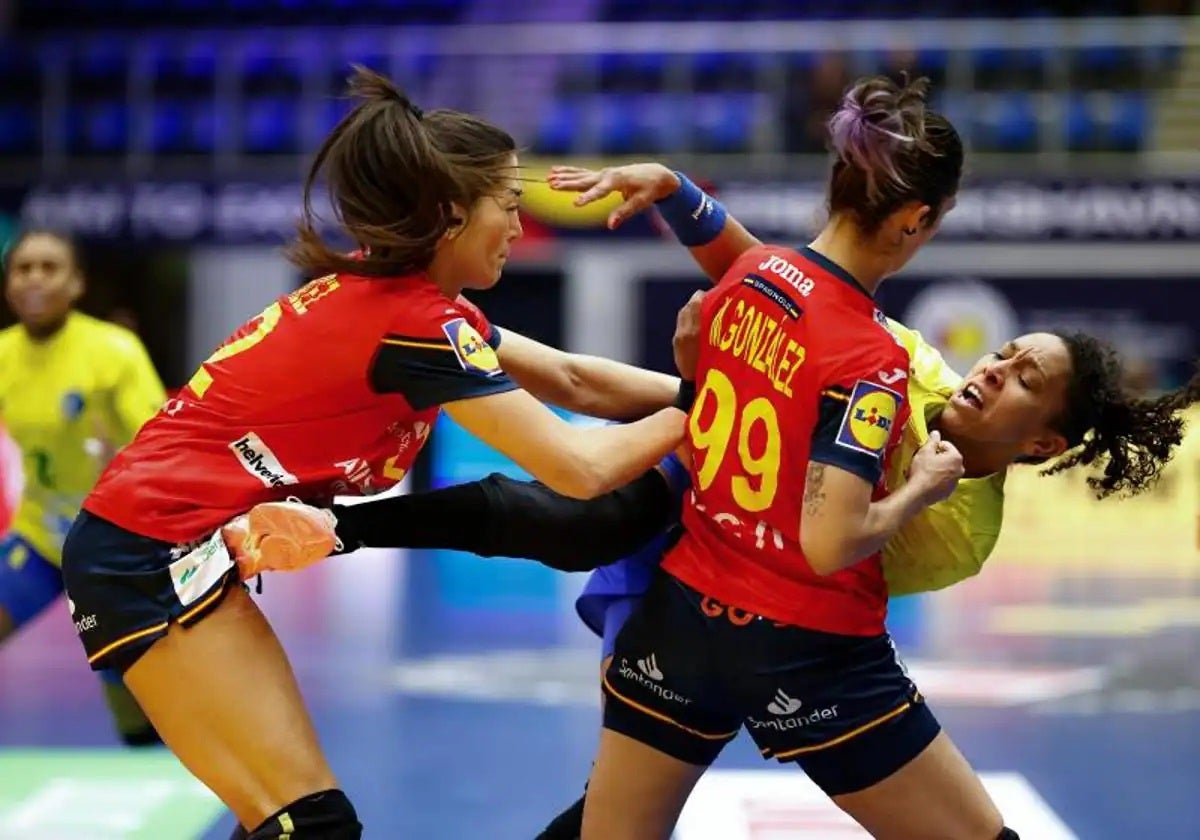 Strategically, handball is witnessing a shift towards more innovative tactics and playing styles, as coaches and teams seek to gain an edge over their opponents. The rise of data-driven analysis and scouting techniques enables teams to identify patterns, exploit weaknesses, and adapt their game plans accordingly. From high-tempo pressing to intricate set-piece routines, teams are constantly pushing the boundaries of tactical innovation, enriching the sport with new ideas and approaches.
Strategically, handball is witnessing a shift towards more innovative tactics and playing styles, as coaches and teams seek to gain an edge over their opponents. The rise of data-driven analysis and scouting techniques enables teams to identify patterns, exploit weaknesses, and adapt their game plans accordingly. From high-tempo pressing to intricate set-piece routines, teams are constantly pushing the boundaries of tactical innovation, enriching the sport with new ideas and approaches.
Moreover, handball's accessibility and inclusivity are being further enhanced through initiatives aimed at promoting gender equality, diversity, and social inclusion within the sport. Women's handball, in particular, has seen tremendous growth and recognition in recent years, with female athletes showcasing their talent and athleticism on the international stage. Efforts to promote youth development, grassroots participation, and para-handball initiatives ensure that handball remains accessible to individuals of all ages, abilities, and backgrounds.
Looking ahead, handball faces both challenges and opportunities as it seeks to expand its reach and relevance in a rapidly changing world. 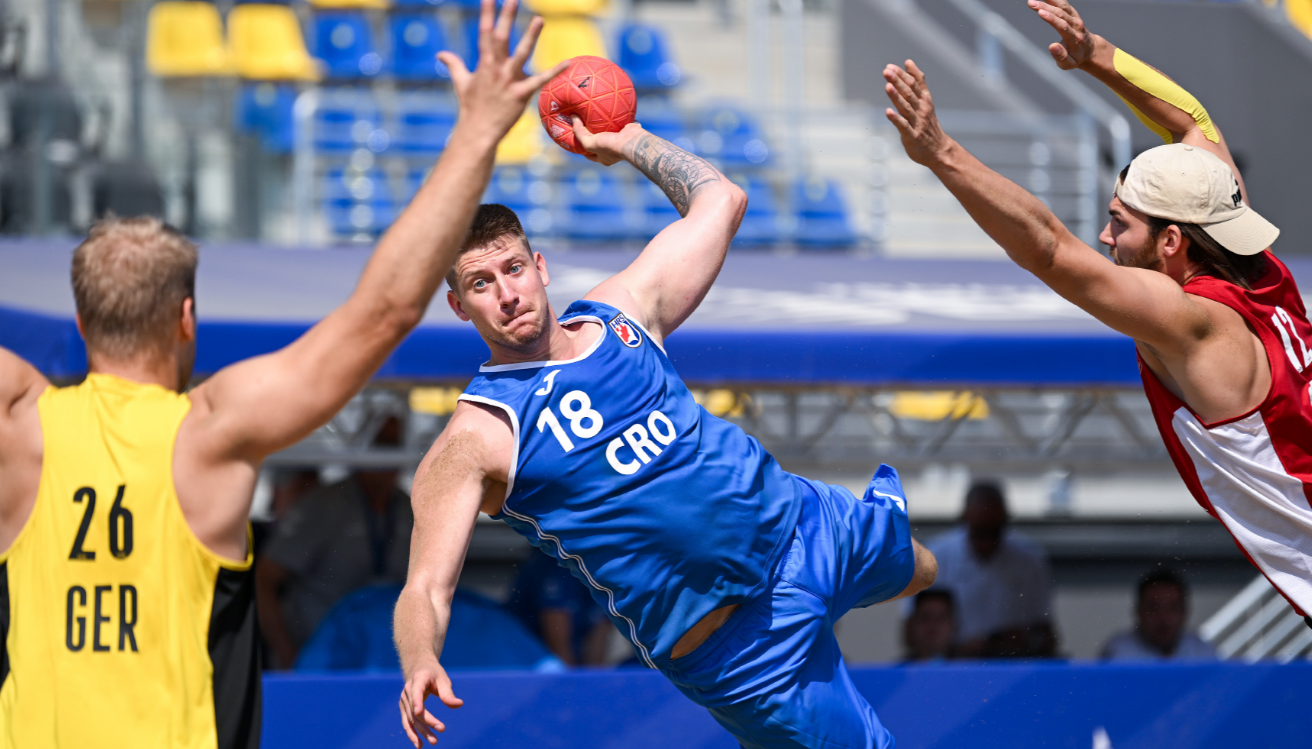 The globalization of the sport, coupled with increasing competition from other forms of entertainment and leisure activities, poses challenges in terms of attracting new audiences and retaining existing ones. However, handball's inherent qualities—its fast-paced action, strategic depth, and collective ethos—position it well to thrive in an era defined by diversity, connectivity, and innovation.
The globalization of the sport, coupled with increasing competition from other forms of entertainment and leisure activities, poses challenges in terms of attracting new audiences and retaining existing ones. However, handball's inherent qualities—its fast-paced action, strategic depth, and collective ethos—position it well to thrive in an era defined by diversity, connectivity, and innovation.
In conclusion, handball's journey from its humble beginnings to its current status as a global phenomenon is a testament to the enduring appeal and universal allure of sport. As it continues to evolve and adapt to the demands of the modern world, handball remains committed to its core values of athleticism, teamwork, and fair play. Whether played in packed arenas or on neighborhood courts, handball transcends boundaries, unites communities, and celebrates the joy of competition and camaraderie. With its rich history, dynamic gameplay, and passionate fan base, handball stands poised to inspire and entertain generations to come, ensuring its rightful place among the world's most beloved sports.
















































